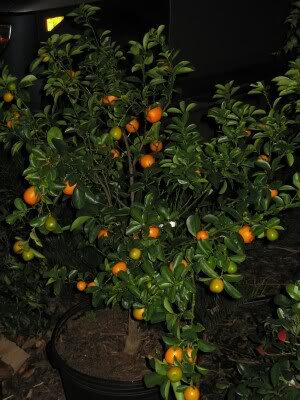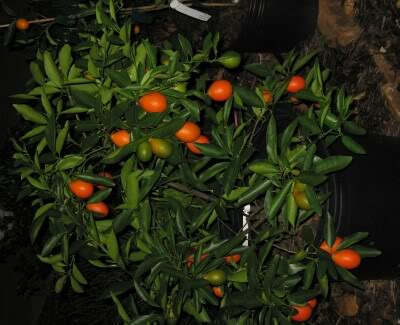Joe, regreening is really quite common, in many citrus varieties, especially Valencia, and other citrus fruits that have the ability to remain on the tree for extended periods. The reason Valencia has such a problem with re-greening, is that the Valencia fruit can hang on the tree for a very long time, even into the second summer. In the spring, as citrus trees begin to grow, they produce large quantities of chlorophyll, which is the green pigment in the leaves and fruit. As the chlorophyll shoots up to the new growth, the skin of the ripe fruit also absorbs a little, giving it a dose of green. Typically, regreening only occurs around the stem end of the fruit, but can re-green the entire fruit. Despite its greenish skin, the fruit is still fully ripe on the inside. Why cirus regreen is not fully understood. There are years in which regreening is a problem across the industry and years in which it is a minor concern. This variability strongly suggests that climate is an important governing factor. While the grower can do little to change the climate, some research has shown that nitrogen management can be used to moderate the affect of climate. The quantity of fertilizer nitrogen applied and when and how it is applied all affect regreening. Generally, the higher the nitrogen fertilization rate, the greater is the risk of regreening. If I remember correctly, you use Ammonium Sulfate 21%N to fertilize your trees. - Millet








